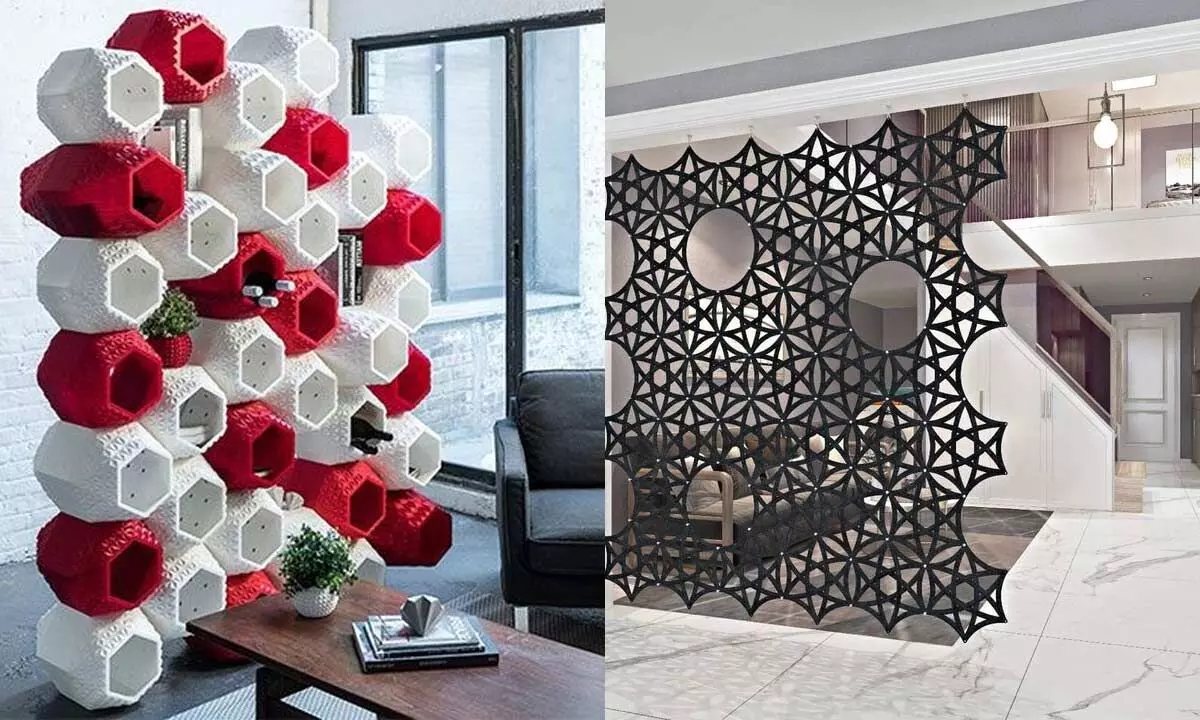3D printing revolutionises interior design with creativity and sustainability

As 3D printing technology expands across various industrial sectors, its impact on everyday life, particularly in interior design, is becoming increasingly evident.
As 3D printing technology expands across various industrial sectors, its impact on everyday life, particularly in interior design, is becoming increasingly evident. Initially dominated by polymers, advancements in research and development have introduced a broader range of materials, including sand, wood, and marble. This technological evolution is fostering a new era of creativity and customization in design and architecture, significantly influencing how we shape our living spaces.
One of the primary benefits of 3D printing in interior design is the freedom it provides in creating intricate designs with minimal constraints. This technology enables the production of both large-scale items and smaller, detailed objects efficiently and swiftly. Even individuals with home 3D printers can take advantage of this capability, crafting custom pieces to enhance their living spaces.
For instance, the German company Sandhelden uses 3D printing to design bathroom furniture. They highlight the absence of minimum order quantities, showcasing the ability to print up to 150 washbasins in under 24 hours. This flexibility allows for a mix of identical and custom-sized washbasins, catering to varied customer needs.
Choosing the right material for 3D printing involves considering factors like flexibility, strength, color, and finish. Polymers and metals are popular choices, available in various forms depending on the chosen technology. Additionally, ceramics, wood, glass, and stone offer natural aesthetics for lamps, cutlery, and other decorative items. Companies like Forust are pushing the boundaries by using wood waste and metal powder in their binder jetting processes, promoting sustainability.
Environmental sustainability is a key advantage of 3D printing, reducing material waste compared to traditional manufacturing methods. This technology allows for on-demand production, minimizing storage needs and transportation emissions. Companies like Bold Design and R3direct are leveraging 3D printing to create eco-friendly products from recycled materials, highlighting the environmental benefits of this innovative approach.
Future prospects
The future of 3D printing in interior design looks promising, with the potential for continued innovation and expansion. The ability to customize and personalize home furnishings, coupled with the environmental benefits, positions 3D printing as a game-changer in the industry. As more companies and designers adopt this technology, we can expect to see an increase in unique, sustainable, and personalized design solutions that cater to a wide range of aesthetic and functional needs.
In conclusion, 3D printing is revolutionizing interior design, offering unprecedented opportunities for creativity, customization, and sustainability. This synergy between additive manufacturing and design is poised to reshape our living spaces, making them more personalized and environmentally friendly.














